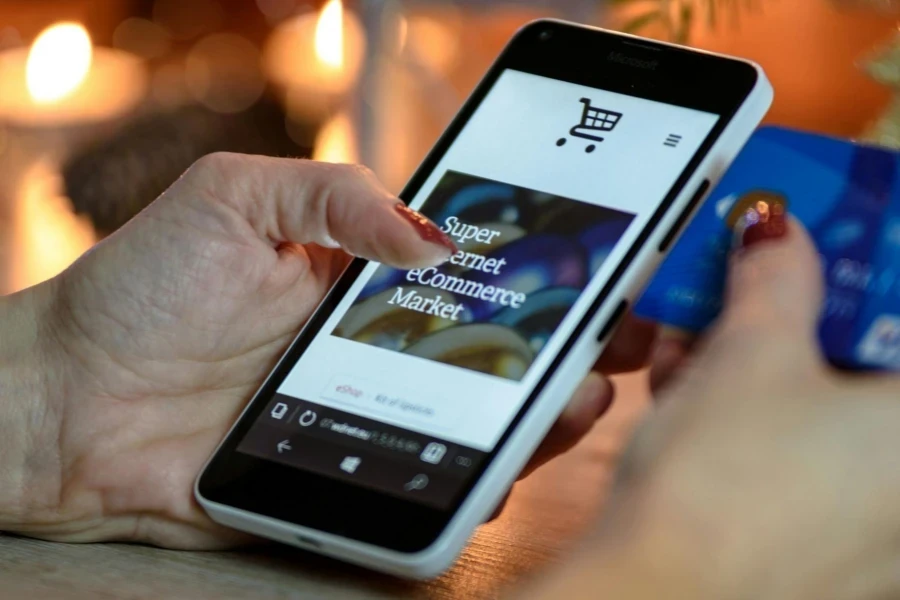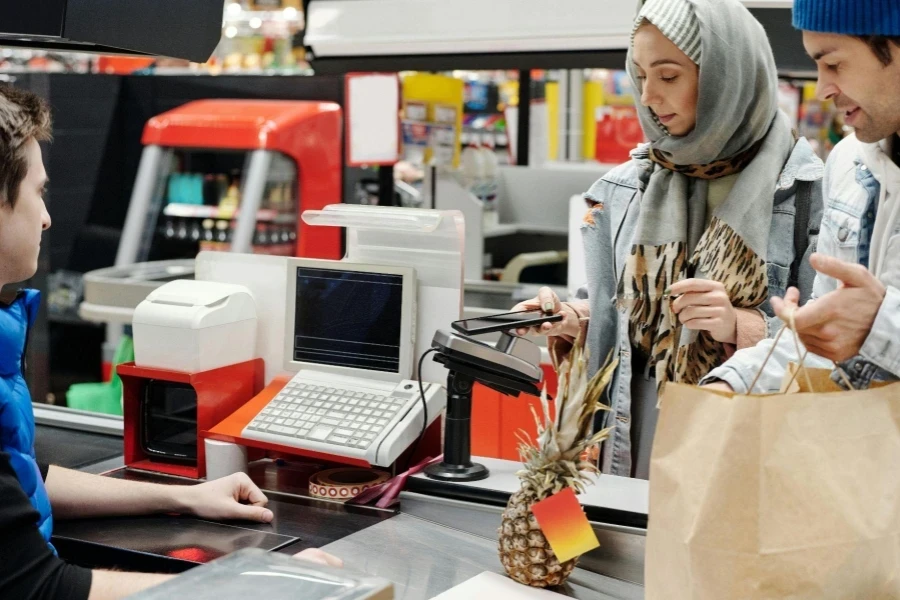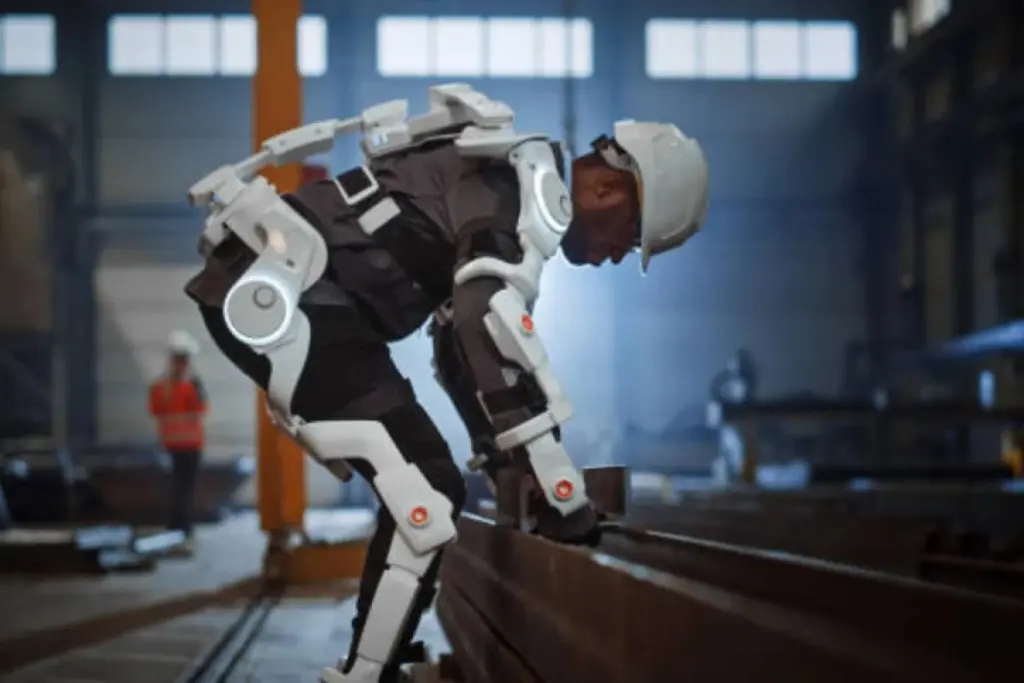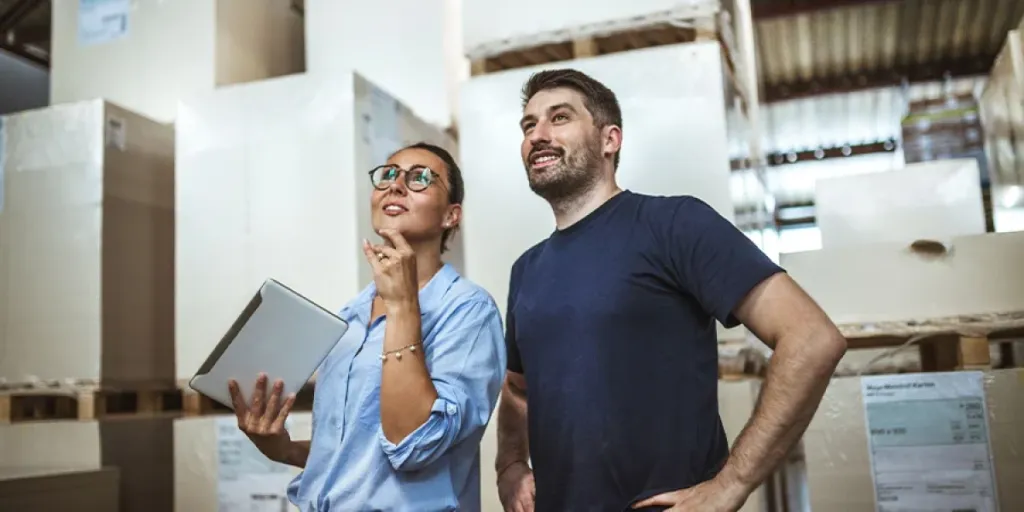Table of Contents
I. The Death of Channel Loyalty: When Every Surface Becomes a Store
II. Social Commerce 2.0: Where Memes Meet Merchandising
III. Phantom Stores: The Rise of Invisible Infrastructures
Micro-Fulfillment Breakthroughs:
IV. Retail Media Wars: Turning Aisles into Ad Real Estate
V. Gen Z’s Paradox: Digital Natives Craving Analog Touchpoints
Hybrid Experience Designs:
VI. The Quantum Store: Preparing for 2030’s Shopping Matrix
Emerging Tech Prototypes:
Conclusion: The Invisible Threads Reweaving Retail
I. The Death of Channel Loyalty: When Every Surface Becomes a Store
Key Catalyst: Smartphone as the Ultimate Shopping Companion
- Extended Validation:
A 2023 Salesforce study reveals 82% of shoppers use mobile devices to check inventory while standing in physical stores. Best Buy’s “Mobile-First Stores” redesigned shelf labels with QR codes linking to video demos, resulting in a 37% reduction in returns for electronics.- Asia-Pacific Spotlight:
South Korea’s Lotte Department Store introduced “Mirror Shopping” — AR mirrors in fitting rooms that suggest accessories based on tried-on items, syncing recommendations to the user’s Naver (local search engine) account. Conversion rates for scanned products reached 68%, 3x higher than traditional displays.
- Asia-Pacific Spotlight:
II. Social Commerce 2.0: Where Memes Meet Merchandising

Case Study Expansion: The #BookTok Phenomenon
Barnes & Noble’s “#BookTok Tables” program dedicates physical store sections to TikTok-viral books, with shelf tags displaying video screenshots and creator quotes. Stores implementing this saw:
- 154% increase in YA fiction sales (Q4 2022)
- 22% of purchasers scanning shelf QR codes to watch related TikTok clips
B2B Innovation:
Alibaba’s “Livestream Warehouses” in Hangzhou combine real-time influencer broadcasts with robotic retrieval systems. During 2023 Singles’ Day, hosts could say “Show me the red dress from rack A12” and have robots deliver it within 8 seconds on camera — achieving $483M GMV in 72 hours.
III. Phantom Stores: The Rise of Invisible Infrastructures

Micro-Fulfillment Breakthroughs:
- Kroger’s Robotic Hives:
Partnering with Ocado, Kroger built 23 automated fulfillment centers (AFCs) averaging 135,000 sqft — 1/5th the size of traditional warehouses but processing 2,500 orders/hour. Their Cincinnati AFC serves 3 states with 12-minute order-to-dispatch timing. - Starbucks’ “Dark Menus”:
Using geofencing and mobile order history, Starbucks app now shows hyper-localized menus. A user near Chicago’s Wrigley Field during a baseball game sees different drink recommendations (e.g., caffeinated vs. alcoholic options) than the same user at 8 AM.
IV. Retail Media Wars: Turning Aisles into Ad Real Estate

Programmatic Shelving:
Tesco’s “ScreenFit” technology uses weight sensors and computer vision:
- Detects when a product is picked up
- Triggers nearby digital screens to show recipes using that ingredient
- If held >5 seconds, sends coupon to Clubcard app
- Campaign for Heinz Beans achieved 19% basket lift vs. control groups.
Voice Commerce Frontier:
Walmart’s in-store Voice Ordering via Google Assistant:
- Shoppers say “Add milk to cart” while walking through dairy section
- AI cross-references purchase history (e.g., prefers almond milk)
- Directs to shelf location via store map integration
- 63% trial users adopted voice for 3+ items per visit.
V. Gen Z’s Paradox: Digital Natives Craving Analog Touchpoints
Hybrid Experience Designs:
- Nike’s “Unlocked Rooms”:
Flagship stores in Shanghai and Paris feature:
- Smart fitting rooms with RFID-activated coaching screens
- Post-purchase option to 3D-scan shoes into user’s Roblox avatar
- 41% of users shared both physical product and digital twin on social media.

- Sephora’s Community Labs:
Stores now host monthly “Beauty Hack Nights” where customers:
- Use AR mirrors to test looks
- Create TikTok tutorials with provided ring lights
- Get printed photo strips with QR-linked product lists
- Events drove 28% higher average spend versus regular shoppers.
VI. The Quantum Store: Preparing for 2030’s Shopping Matrix
Emerging Tech Prototypes:
- Carrefour’s Emotion Recognition (Paris Pilot):
- AI analyzes facial micro-expressions while shoppers view products
- Adjusts lighting/promotions in real-time (e.g., calming blue hues if stress detected)
- Controversial but boosted luxury wine sales by 33% through mood-targeted discounts
- Amazon’s Palm-Payment Communities:
In selected Whole Foods markets:- Regular customers earn “habit scores” based on purchase consistency
- Higher scores unlock automatic restocking of pantry staples
- Early data shows 72% retention rate at 6-month mark
Conclusion: The Invisible Threads Reweaving Retail

The true revolution lies not in flashy tech but in contextual intelligence — the ability to embed commerce into life’s natural rhythms. As Home Depot’s CEO Ted Decker recently stated: “Our best stores will soon look nothing like stores, but everything like solutions.” Winners will master the art of being presently invisible — anticipated needs met before conscious awareness, enabled by a tapestry of hidden sensors, predictive algorithms, and psychographic mapping.
Final Metric to Ponder:
According to MIT’s 2024 Retail Lab, by 2027:
- 58% of purchases will involve at least 3 connected devices
- 91% of retail decisions will be influenced by AI-curated social proof
- Physical stores will account for 79% of sales but only 34% of browsing
The store isn’t dying — it’s dissolving into the fabric of everyday existence.




